Amazing Facts about Crows!
Endeuce
Published
01/31/2017
Droppin' knowledge on these mules!
- List View
- Player View
- Grid View
Advertisement
-
1.
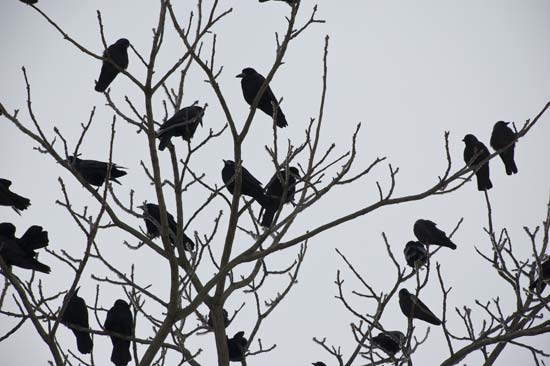 There are about 45 species of crow worldwide known by a variety of names, including treepies, corbies, nutcrackers, bushpies, choughs, and the pica pica.
There are about 45 species of crow worldwide known by a variety of names, including treepies, corbies, nutcrackers, bushpies, choughs, and the pica pica. -
2.
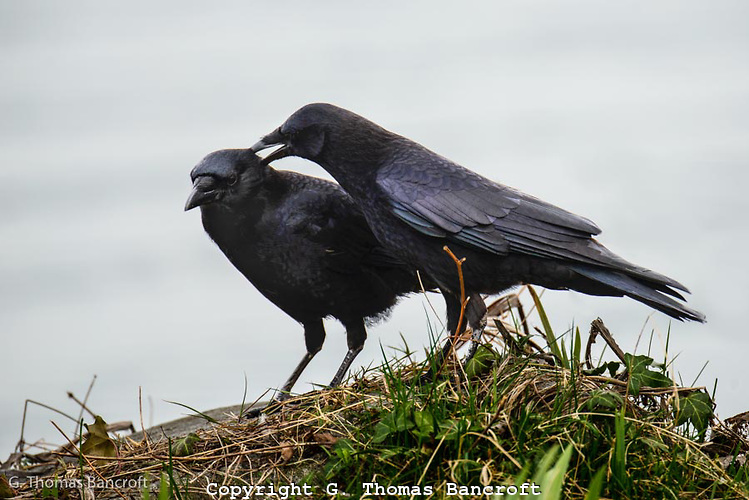 Mating crows will often remain together for years and some until parted by death. Most of the offspring will leave the nest after a couple months never to return. Some remain, assisting in co-operative breeding.
Mating crows will often remain together for years and some until parted by death. Most of the offspring will leave the nest after a couple months never to return. Some remain, assisting in co-operative breeding. -
3.
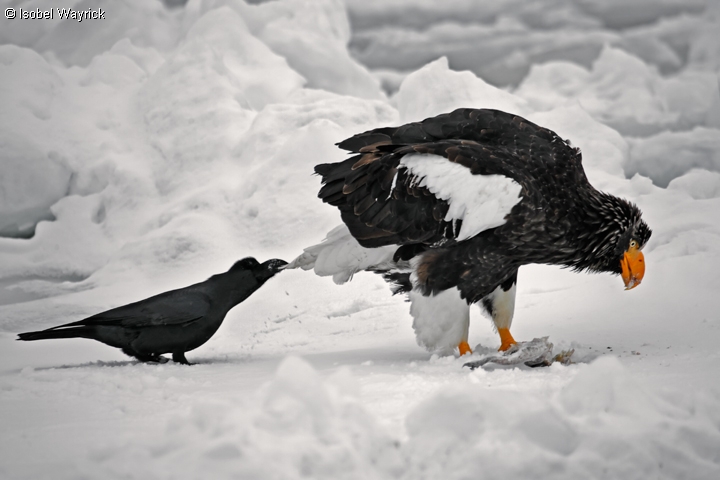 Corvids are absolutely fearless, particularly when chasing bald or golden eagles. On other occasions, they'll pick up and drop stones, pinecones or sticks on predators or people they come in contact with. Side note. Legitimatly had a crow drop a squirrel body half eaten out of a tree when I looked up and made eye contact with the crow.
Corvids are absolutely fearless, particularly when chasing bald or golden eagles. On other occasions, they'll pick up and drop stones, pinecones or sticks on predators or people they come in contact with. Side note. Legitimatly had a crow drop a squirrel body half eaten out of a tree when I looked up and made eye contact with the crow. -
4.
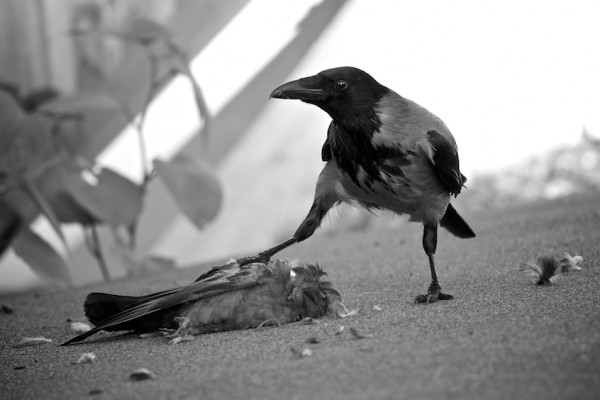 The common crow will usually live for about seven years, although some have lived as long as 14 years in the wild.
The common crow will usually live for about seven years, although some have lived as long as 14 years in the wild. -
5.
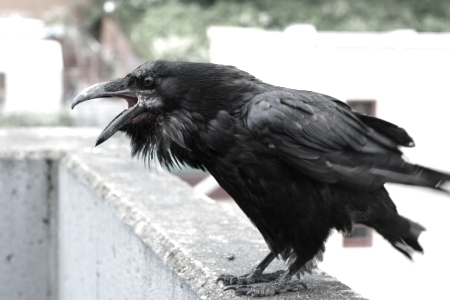 Almost all corvids have been observed using tools, and the Raven can be taught to speak basic human language.
Almost all corvids have been observed using tools, and the Raven can be taught to speak basic human language. -
6.
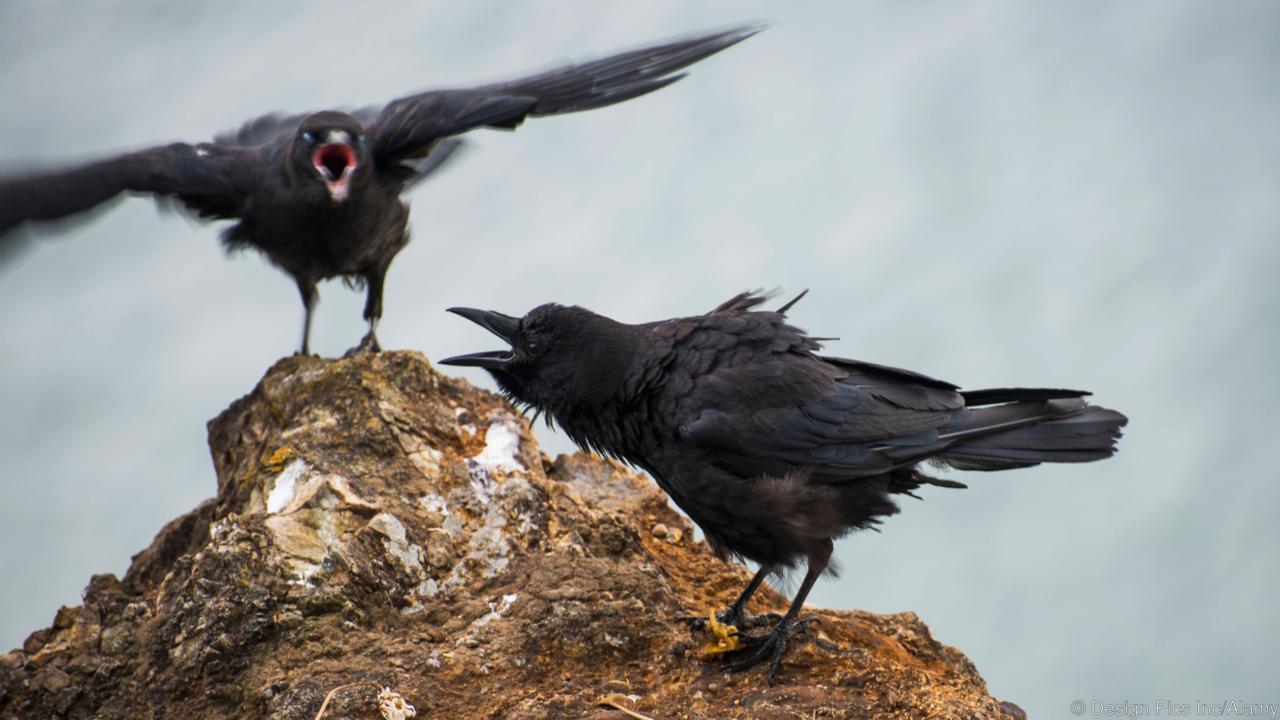 Crows are emotional animals, too. They react to hunger and invasion by vigorously vocalizing their feelings. They display happiness, anger and sadness.
Crows are emotional animals, too. They react to hunger and invasion by vigorously vocalizing their feelings. They display happiness, anger and sadness. -
7.
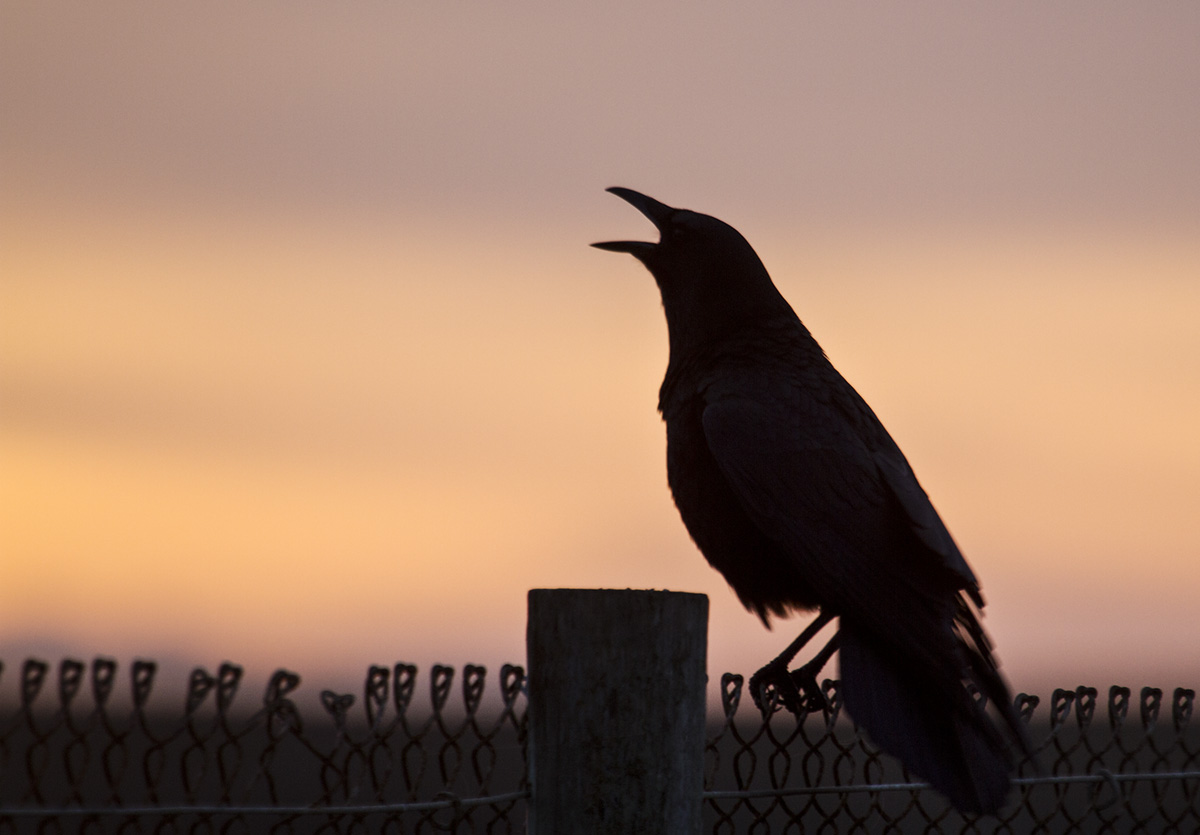 Crows are considered song-birds and posses a deep repertoire of melodies. And, like humans, the more melodious the song, the more soothing the effects. Some crows have even been taught to recite opera.
Crows are considered song-birds and posses a deep repertoire of melodies. And, like humans, the more melodious the song, the more soothing the effects. Some crows have even been taught to recite opera. -
8.
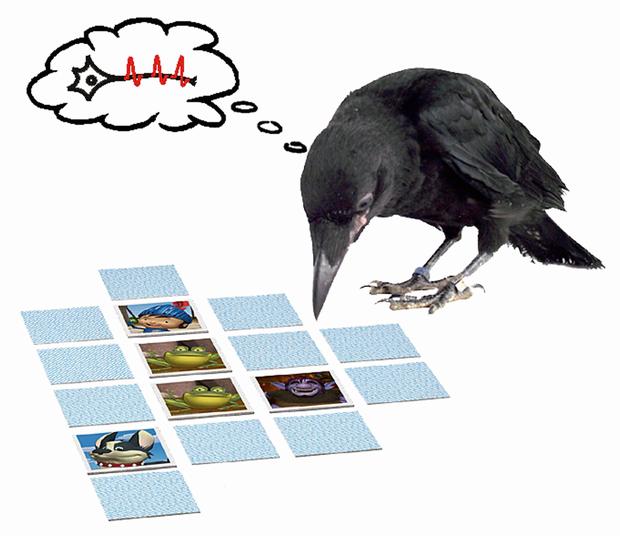 Crows have an excellent memory. They're masters at stashing food in many caches, moving it sometimes two or three times, and remembering exactly where they placed it. In fact, for their size, crows have the largest brains of all birds except some parrots. Their brain-to-body ratio is equivalent to that of a chimpanzee and amazingly, not far off that of a humans.
Crows have an excellent memory. They're masters at stashing food in many caches, moving it sometimes two or three times, and remembering exactly where they placed it. In fact, for their size, crows have the largest brains of all birds except some parrots. Their brain-to-body ratio is equivalent to that of a chimpanzee and amazingly, not far off that of a humans. -
9.
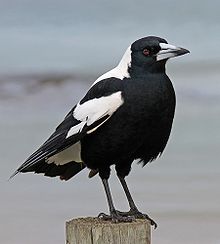 Magpies, Choughs and Nutcrackers are all basically modified crows.
Magpies, Choughs and Nutcrackers are all basically modified crows. -
10.
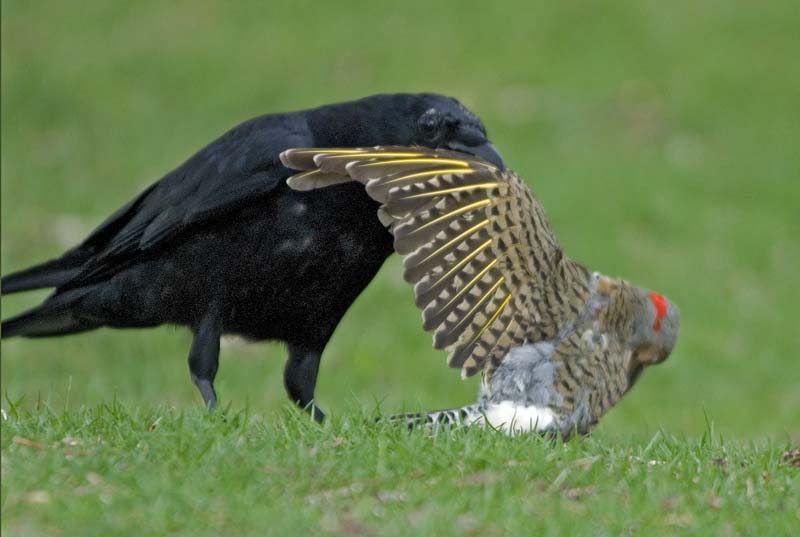 Crows, rooks, Ravens and Jackdaws are the most successful members of the group except in Central and Southern America where only Jays have reached. Corvids are believed to have reached the Americas via the Bering Land Bridge. Jays, being the oldest Corvids, reached America first and rapidly spread south but have not yet reached the southern half of S. America. American Jays are predominantly tropical or sub-tropical whereas in the Old World they are temperate and/or alpine species.
Crows, rooks, Ravens and Jackdaws are the most successful members of the group except in Central and Southern America where only Jays have reached. Corvids are believed to have reached the Americas via the Bering Land Bridge. Jays, being the oldest Corvids, reached America first and rapidly spread south but have not yet reached the southern half of S. America. American Jays are predominantly tropical or sub-tropical whereas in the Old World they are temperate and/or alpine species.


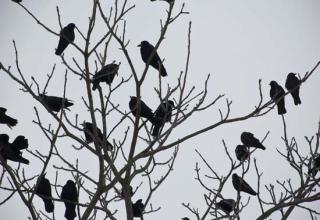






0 Comments